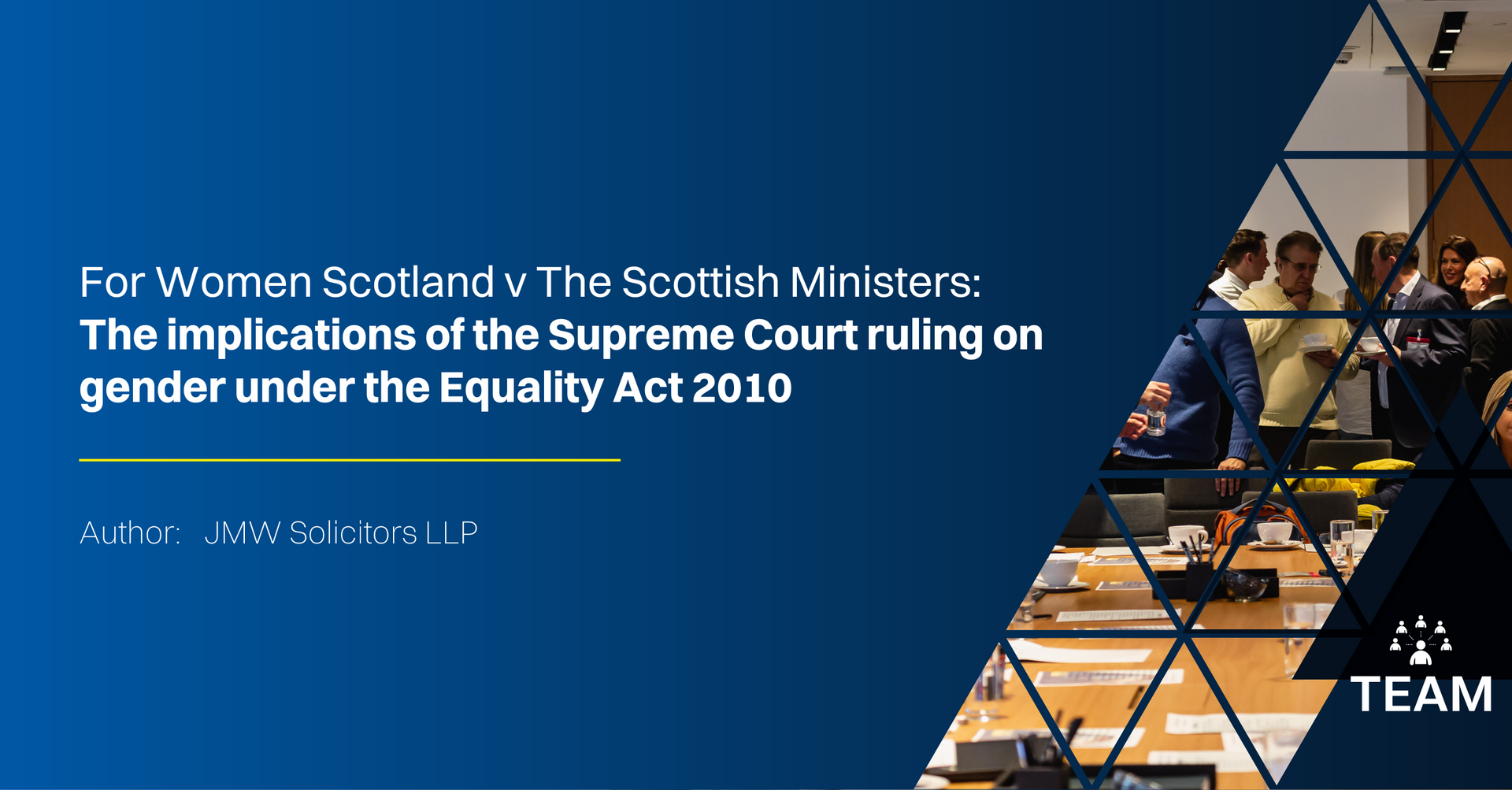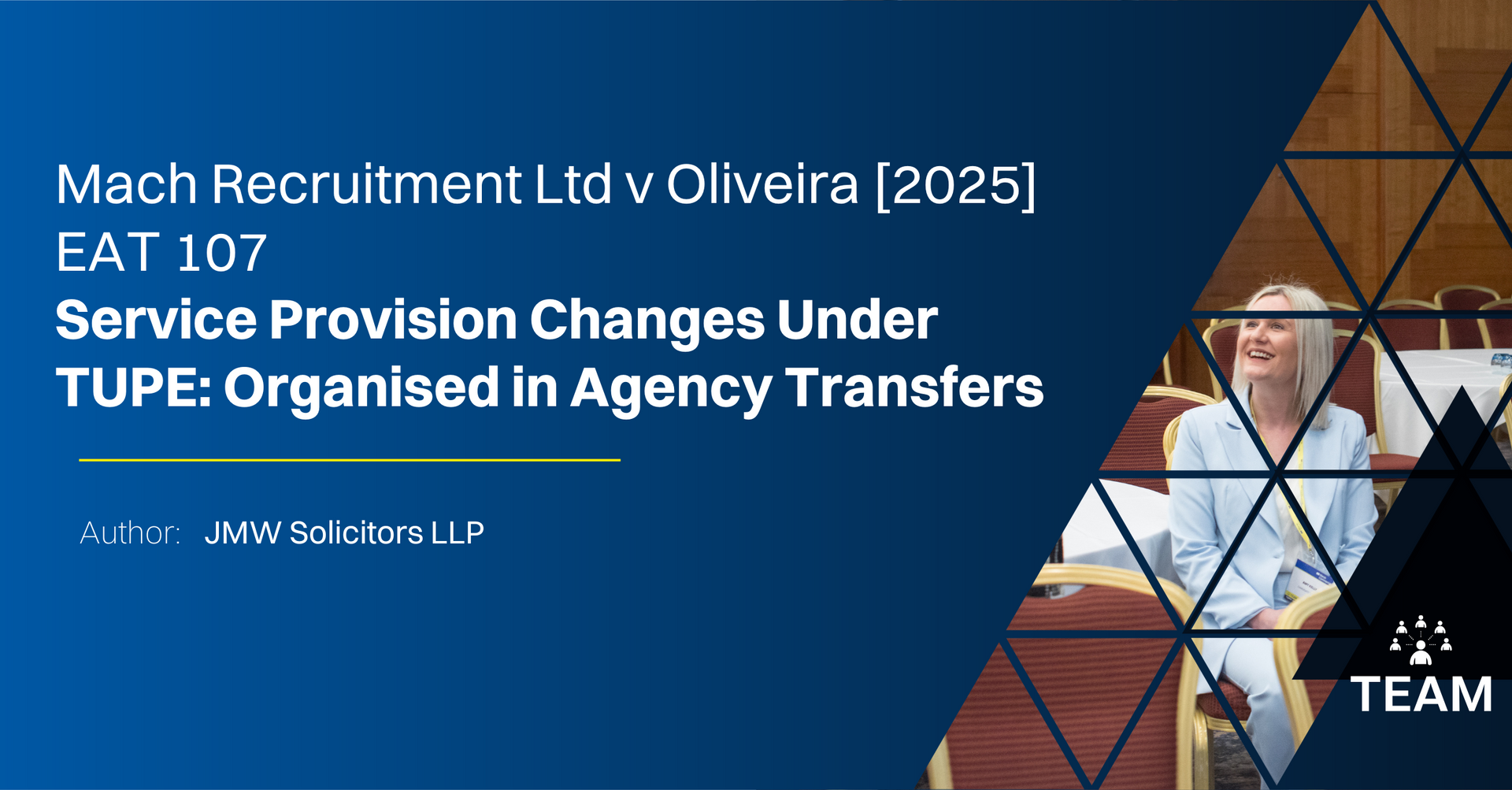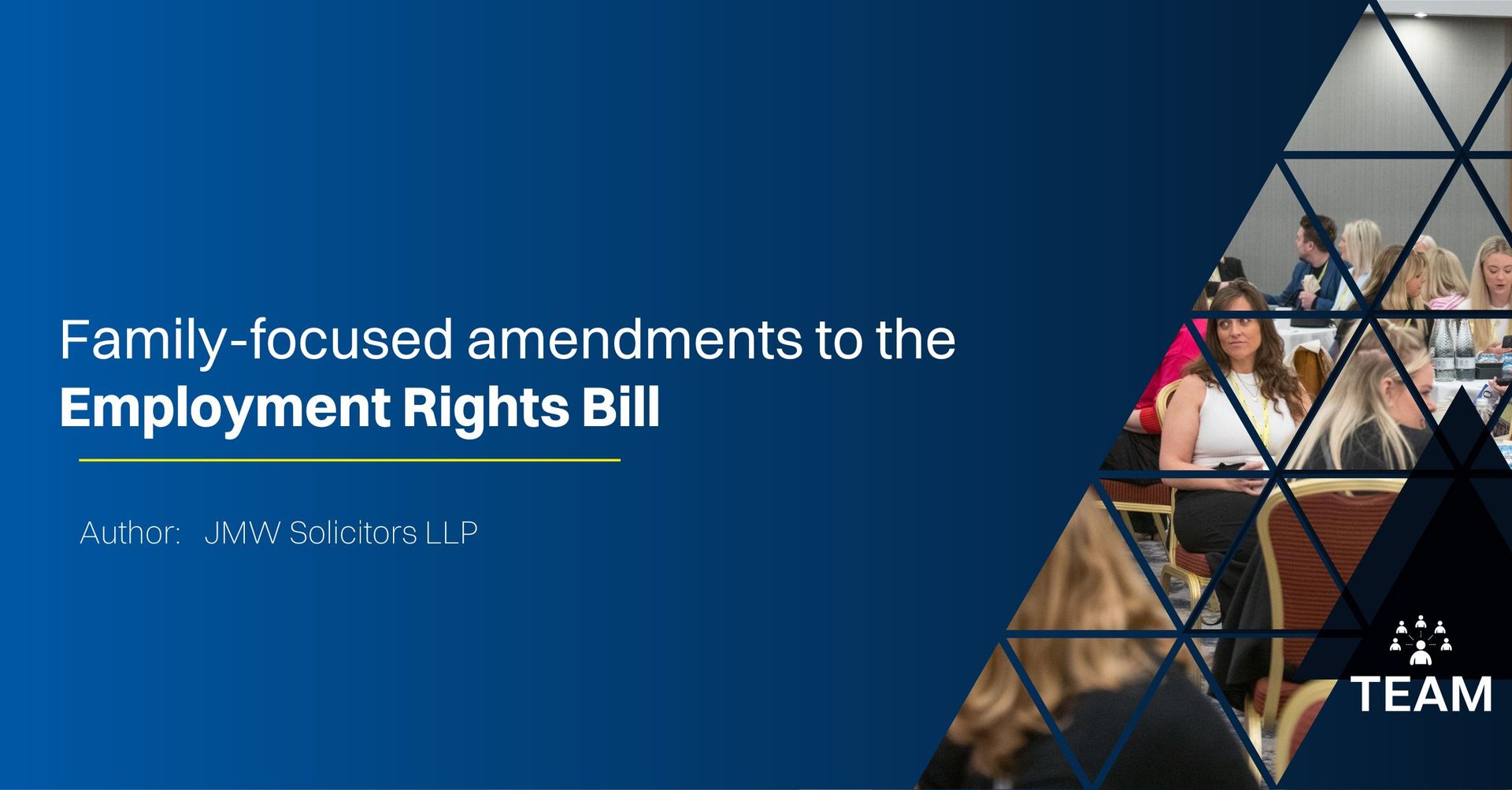A few months back, I met online with a recruitment business owner who had told me that there was really nothing we could do to help them with their online presence. Their business was on social media; they’d invested in their website, they emailed their database regularly. All sounds great, right?
When Did You Last Have a Good Look at Your Recruitment Website?
On looking at their website, it was clear they had invested heavily in it. There were snazzy recruitment features and plenty of shiny things going on. But nothing worked properly! All the “click here”, “do this”, “do that” buttons went nowhere. Several blocks on the page didn’t fit properly, so the home page on mobile looked awful. Some of the text on the job ads couldn’t even be read properly!
Lesson 1: Regularly look at your website with fresh eyes
Websites can date quickly. The technology they are built on changes and Google change their rules often, so you can’t afford to be complacent. Investing thousands doesn’t mean you can simply create a website and then forget about it for years on end. It should always be a work in progress. It should also have functionality that works properly and brings clients and candidates in. It should communicate what sectors you serve, how people can register or get in touch and how you can help them, the instant someone lands on the site.
How are You Doing on Social Media?
Scheduling your content is great for keeping your presence consistent across your key social media platforms. But every now and then the software might fail, or the access granted between the software and your social media accounts might need to be refreshed, so you need to keep an eye on it.
Lesson 2: Don’t make the mistake of thinking you can set it and forget it without having regular checks in place
Just because you have content going out every day, it doesn’t necessarily mean the message is still right or that you are leveraging your presence as much as you can! Are you regularly engaging with your audience and taking an approach that brings them to you and keeps them loyal? Or are you simply broadcasting it out like the lonely guy preaching in a market square?
Are You Controlling Your Online Presence?
Are you aware of your presence on every social media platform? Do you know what people are saying about your business online? If you did a few checks and found a scam social media account in the name of your business, do you know what to do about it?
What Should Your Email Marketing Look Like?
You might be emailing your clients and candidates regularly, but how much value are you offering through these communications or are you simply blasting out the same old messages time after time? How are you sending those emails – hopefully not via Outlook! For some, GDPR might be a distant memory, but that doesn’t mean you have to be like that!
Lesson 3: Simply sending an email in bulk does not mean you have an email marketing strategy
So, were we able to help that recruitment business?
By the end of our meeting, the business owner had a list of things we could help them with. Their eyes were wide open and they realised that, despite their investment, they had actually dropped the ball with their online presence. Within those couple of hours, they realised just how much there was to do in order to ensure what they were putting out there in the world was right and actually reflected what their business was about!
If we can help you take a fresh look at your online presence, get in touch!












